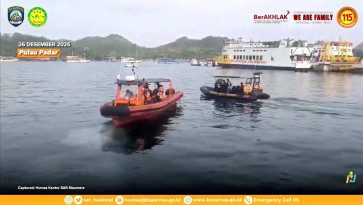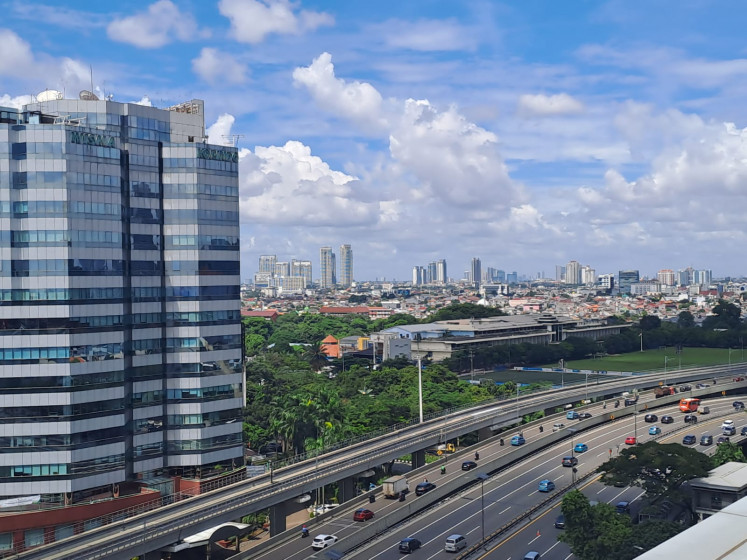Popular Reads
Top Results
Can't find what you're looking for?
View all search resultsPopular Reads
Top Results
Can't find what you're looking for?
View all search resultsAcehnese describe sixth sense for tsunamis
In spite of their horrific memories of the devastating tsunami that wiped out entire coastal settlements in 2004, or perhaps because of them, many Acehnese immediately shrugged off Wednesday’s 7
Change text size
Gift Premium Articles
to Anyone
I
n spite of their horrific memories of the devastating tsunami that wiped out entire coastal settlements in 2004, or perhaps because of them, many Acehnese immediately shrugged off Wednesday’s 7.7-magnitude quake as harmless because it didn’t feel the same.
“If the quake sways you side to side, there will be no tsunami. But if you feel it rocking you up and down, then it’s likely there will be a tsunami,” Marhaban, a resident of Alue Naga village in Banda Aceh, told The Jakarta Post on Thursday.
When the 7.7-magnitude quake struck Aceh and surrounding provinces Wednesday, Marhaban did not panic. “I was sure there would be no tsunami even though the quake was strong,” he said.
The coastal town of Alue Naga was completely destroyed in 2004 when a 9.15-magnitude earthquake sent a massive tsunami crashing into Aceh’s coastal areas, killing 160,000 people and sweeping away every tree and house in the town.
“Before the tsunami, the village had 2,500 people. Now only 400 remain,” said the fisherman. “I had no other option but to relocate to another village. I was born and raised here.”
Another tsunami victim, Julkifli, was also unfazed by Wednesday’s quake, choosing to remain at his house in Podiamat village near the coast, confident in his assumption that no killer wave was working its way toward him.
“I was not afraid because I did not see the water recede after the quake,” he said.
However, the majority of people were not willing to take any risk and dashed to higher ground in Meulaboh, West Aceh.
The panicked scramble caused major congestion on the town’s main highway, but no casualties were reported in the village.
The situation returned to normal soon after when the meteorology and geophysics agency lifted the tsunami warning.
The epicenter of the quake was 75 kilometers southeast of Sinabang Island, and was felt as far away as North and West Sumatra. Five aftershocks were felt after the initial quake.
The quake scared residents in North Sumatra’s Nias Island, which was hit by a massive quake in March 2005 that killed almost 1,000 people.
Fauzi Rahman Kabu, a resident of Afulu district, said Wednesday’s quake was too strong to be ignored.










